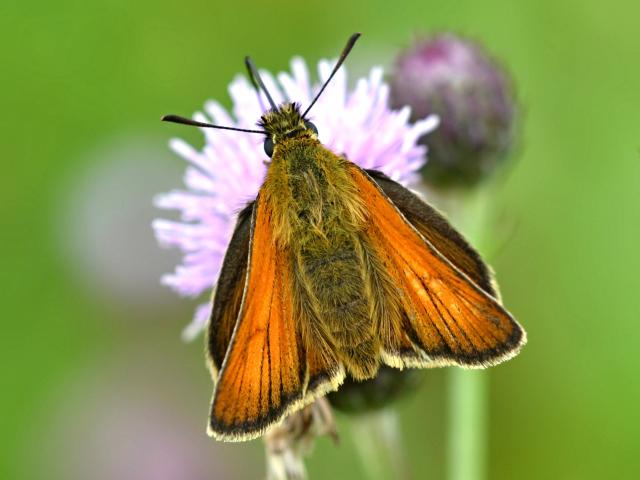
Small Skipper
Male Large Skippers are most often found perching in a prominent, sunny position, usually on a large leaf at a boundary between taller and shorter vegetation, awaiting passing females. Females are less conspicuous, though both sexes may be seen feeding on flowers, Bramble being a favourite. Males have a thick black line through the centre of fore-wing. Undersides have faint orange spots unlike the bright silver spots in Silver-spotted Skipper.
The presence of a faint chequered pattern on both sides of the wings distinguishes this species from the similar Small and Essex Skippers, which fly at the same time. The Large Skipper is widespread in southern Britain and its range has extended northwards in north-east England since the 1960s.
Cock’s-foot (Dactylis glomerata) and occasionally Purple Moor-grass (Molinia caerulea) and False Brome (Brachypodium sylvaticum) are used. Females have been observed laying eggs on Tor-grass (B. pinnatum) and Wood Small-reed (Calamagrostis epigejos).

This butterfly favours grassy areas, where foodplants grow in sheltered, often damp, situations and remain tall and uncut. It is found in a wide variety of habitats where there are shrubs, tall herbs, and grasses, for example; woodland rides and clearings, pastures, roadside verges, hedgerows, and wet heathland.
It is also a species of urban habitats, occurring in parks, churchyards, and other places with long grasses.
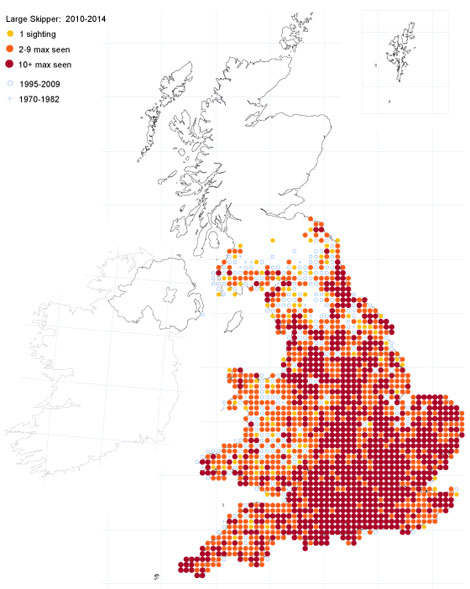
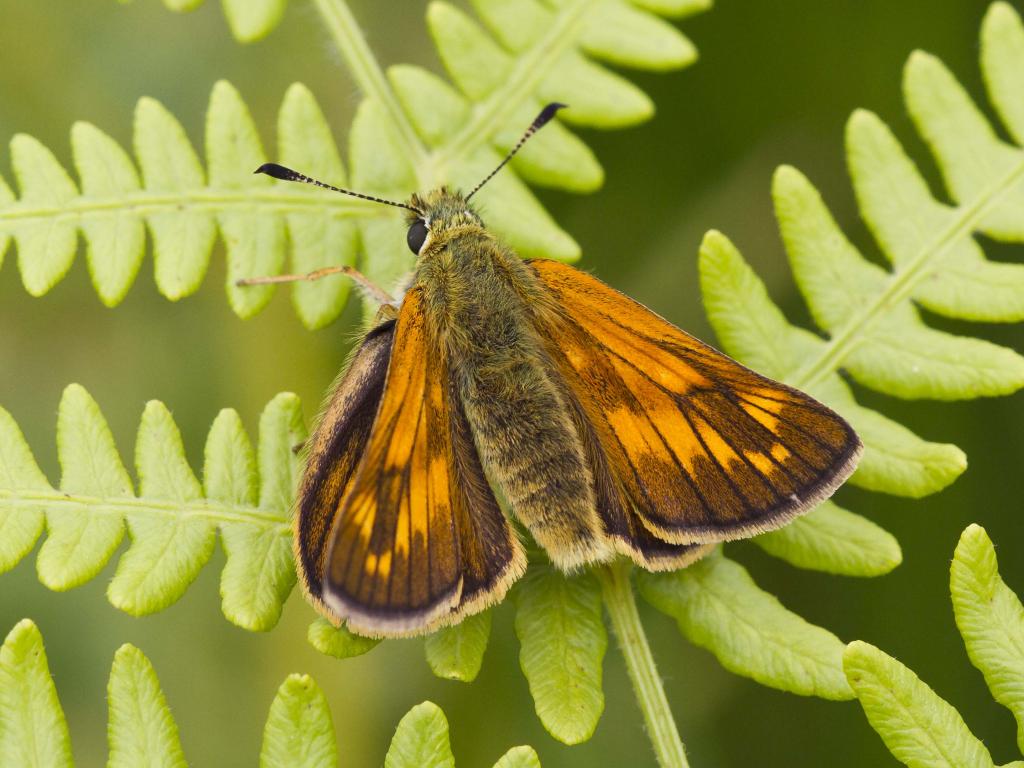
Allan Drewitt
Allan Drewitt
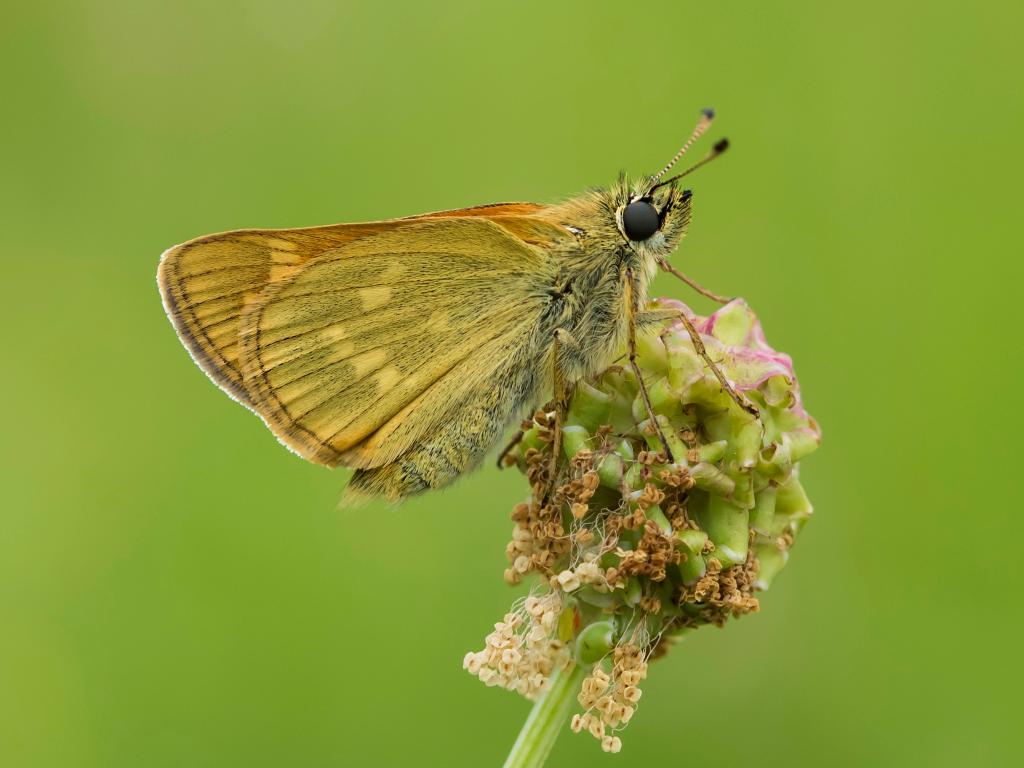
Bob Eade
Bob Eade
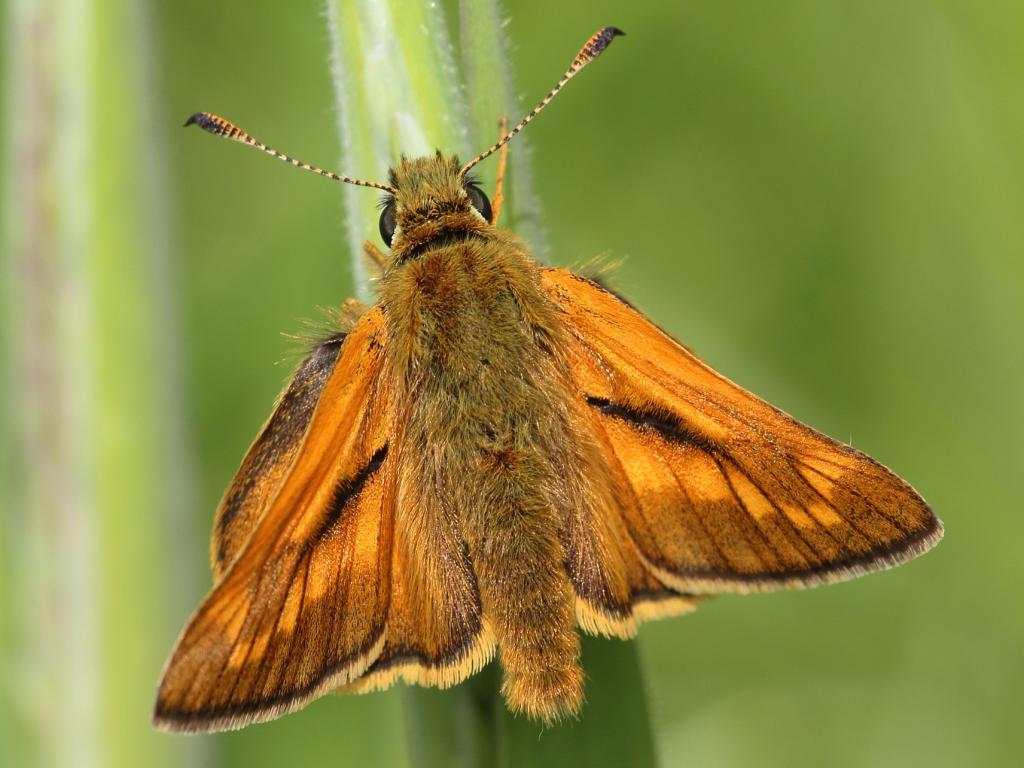
Iain Cowe
Iain Cowe
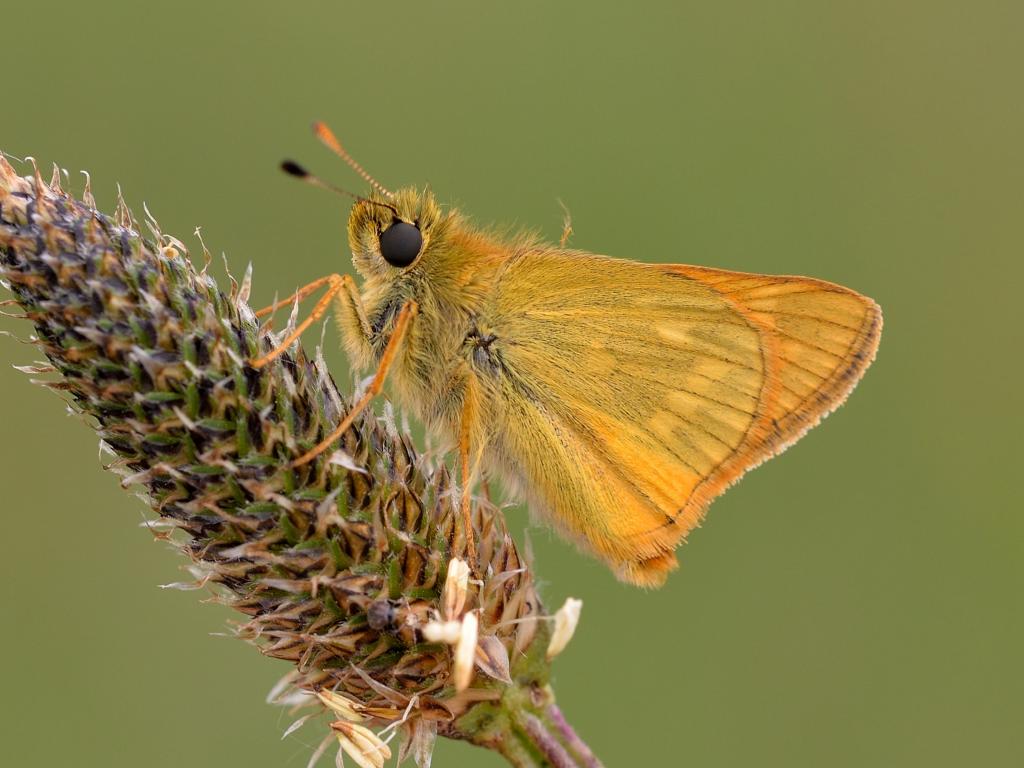
Bob Eade
Bob Eade
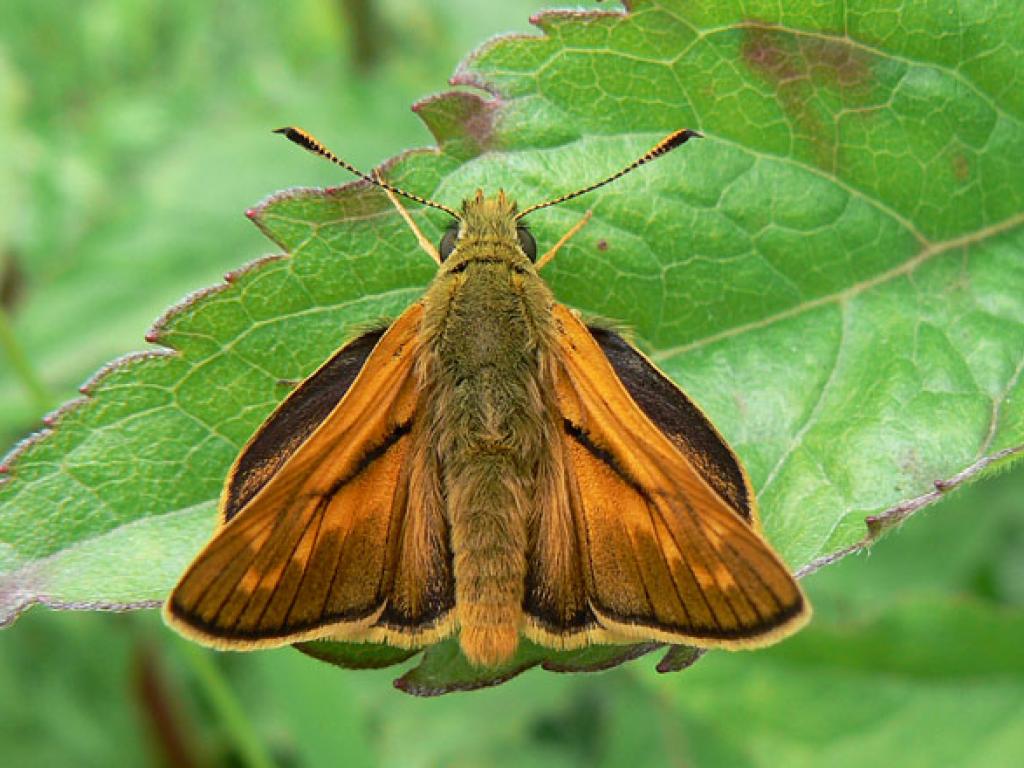
Neil Hulme
Neil Hulme
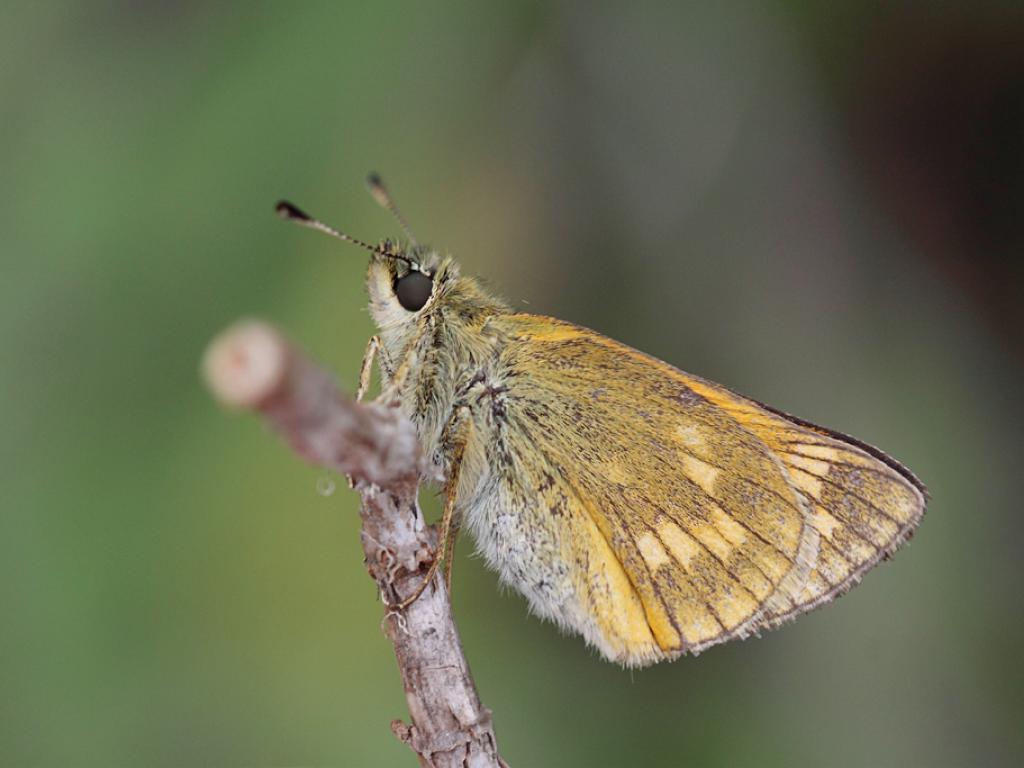
Large Skipper (underwing) - Chris Barlow
Chris Barlow
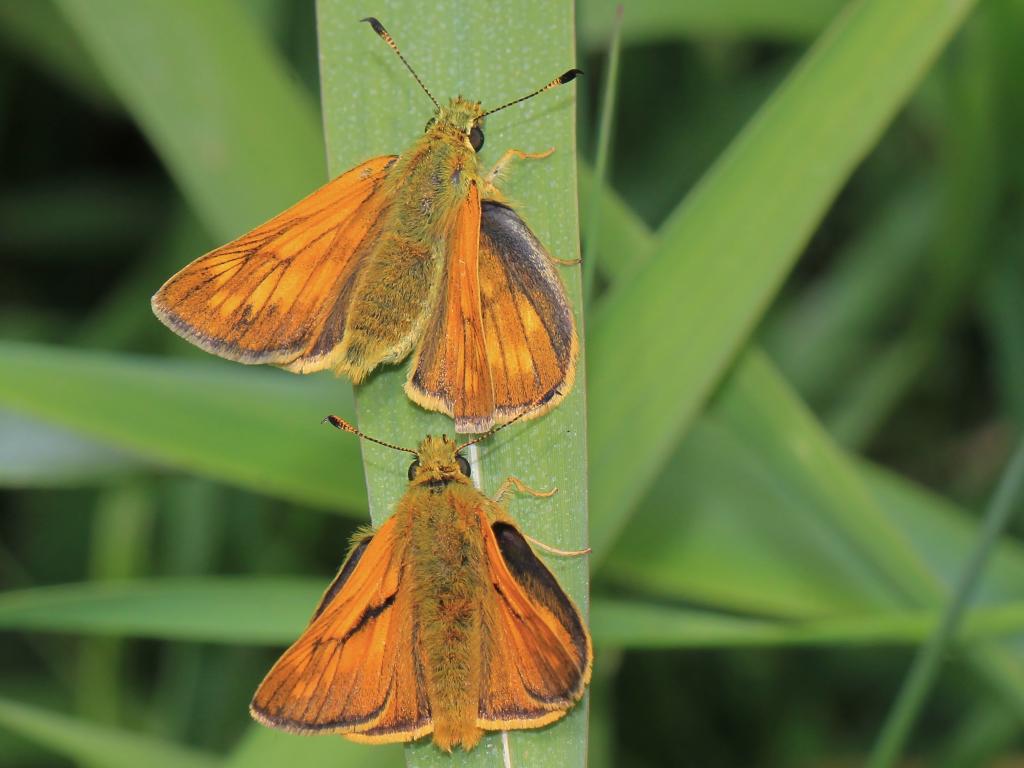
Ann Collier
Ann Collier
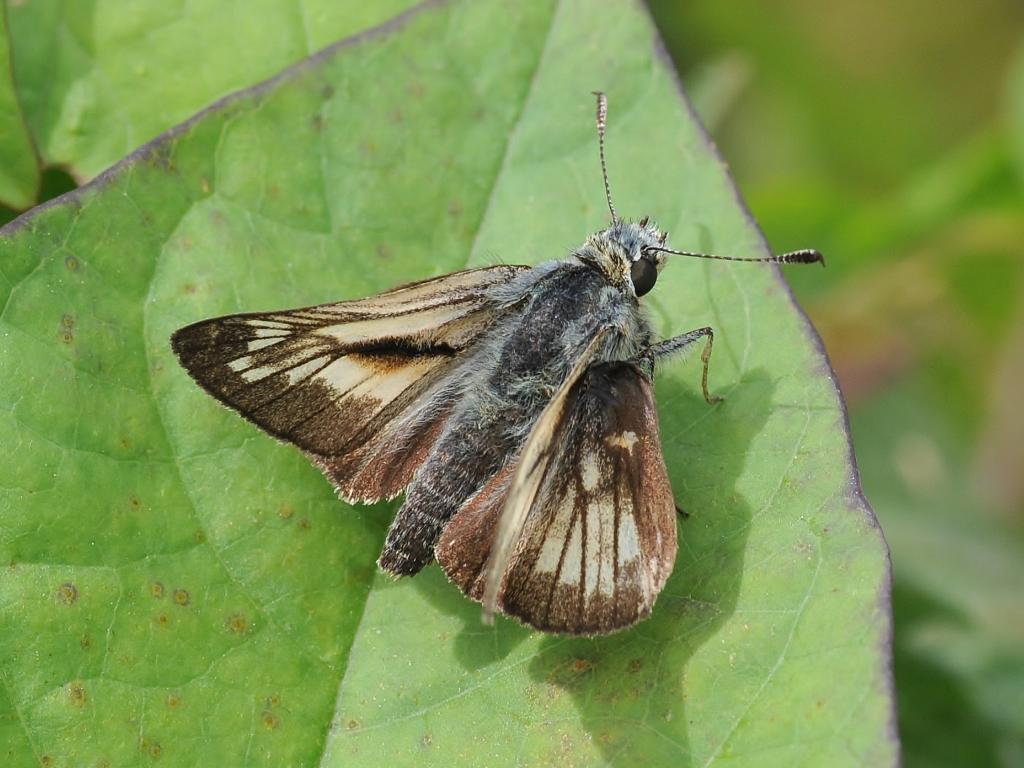
Bob Eade
Bob Eade
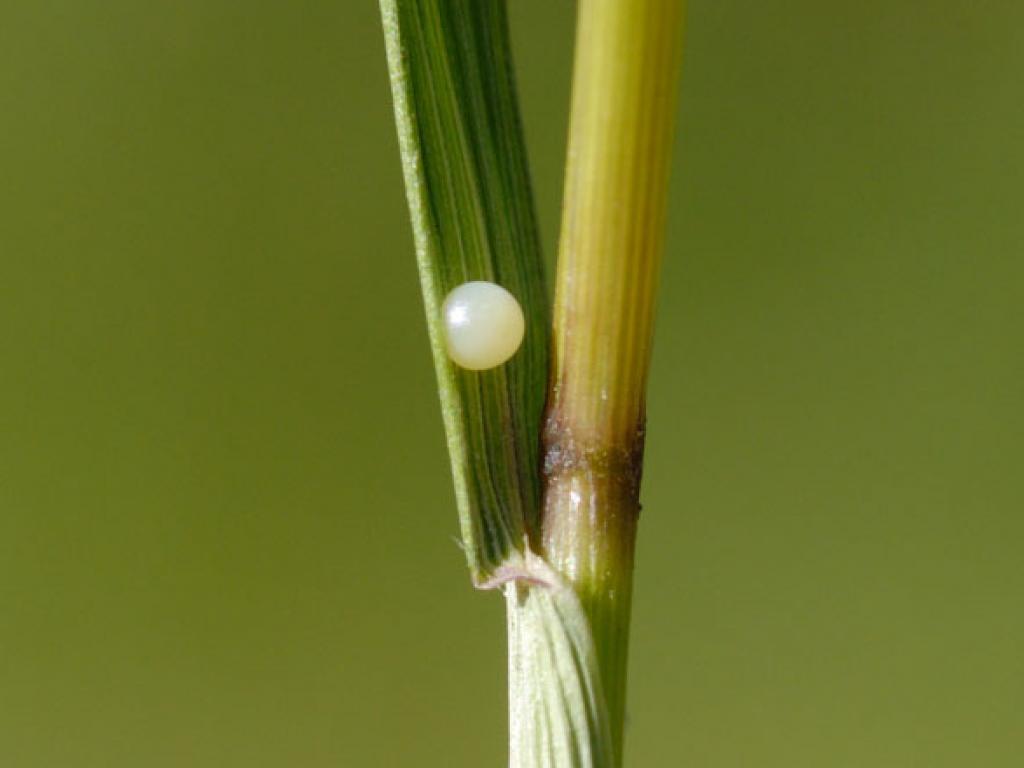
Jim Asher
Jim Asher
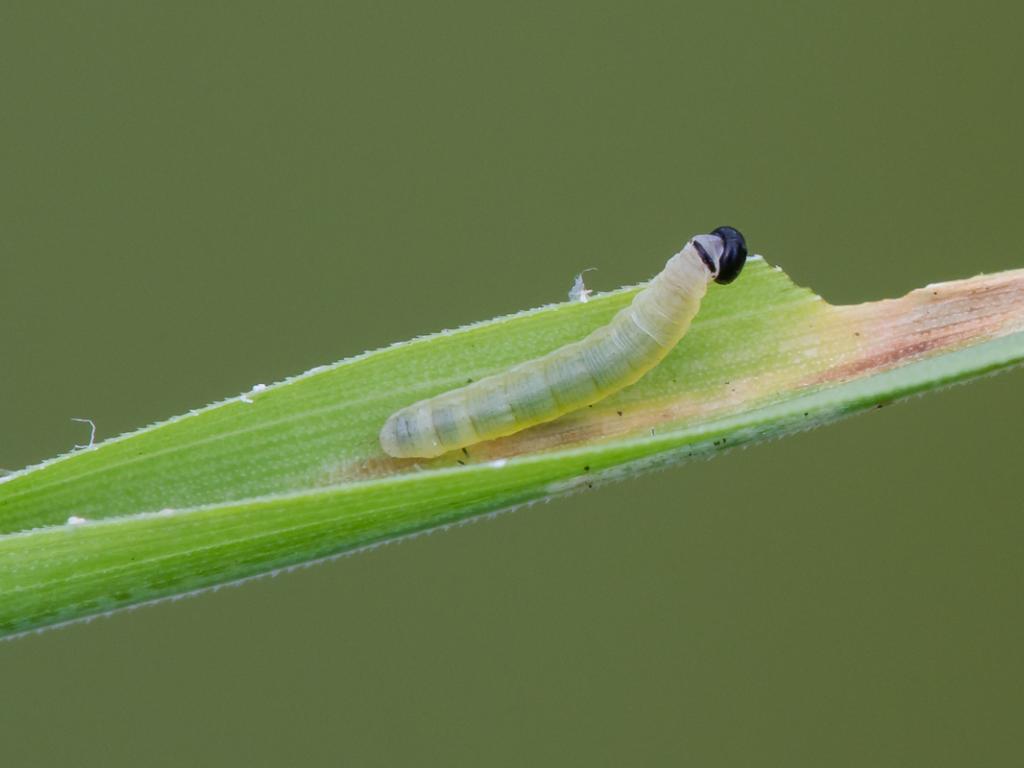
Large Heath (young caterpillar) - Peter Eeles
Large Heath (young caterpillar) - Peter Eeles
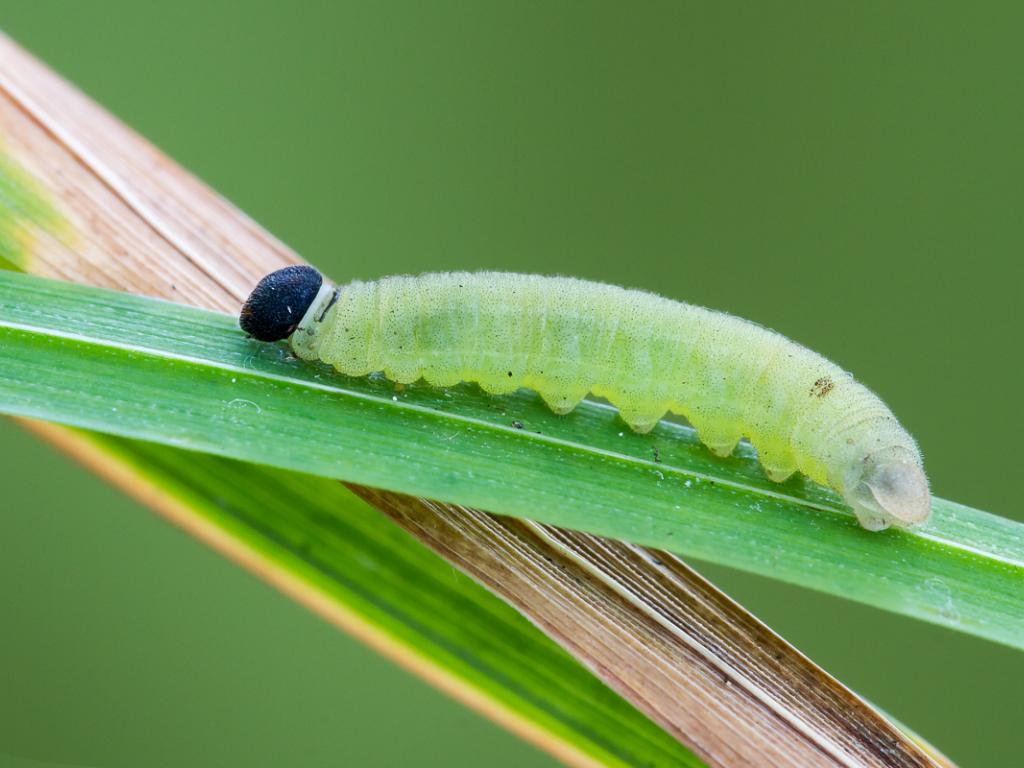
Large Skipper (caterpillar) - Peter Eeles
Peter Eeles
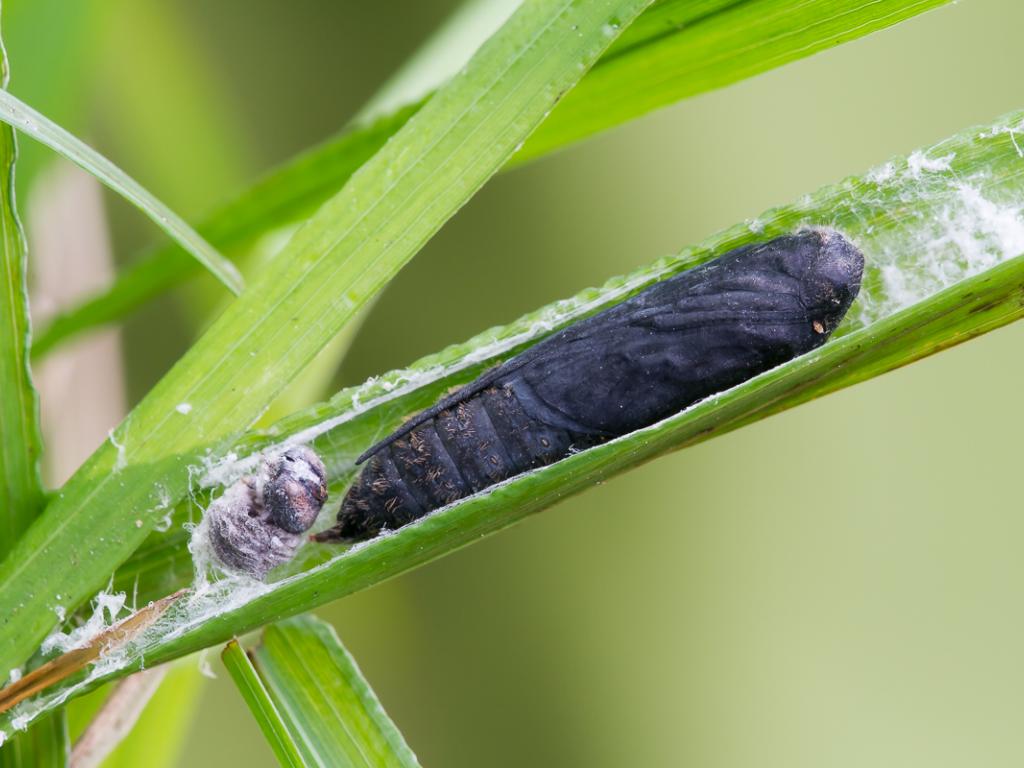
Large Skipper (pupa) - Peter Eeles
Peter Eeles